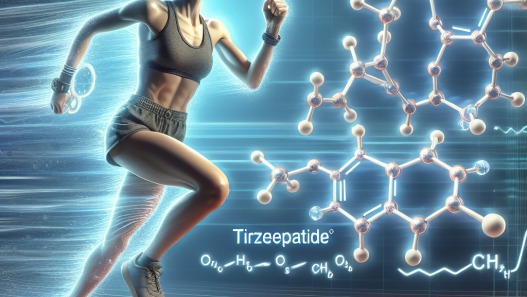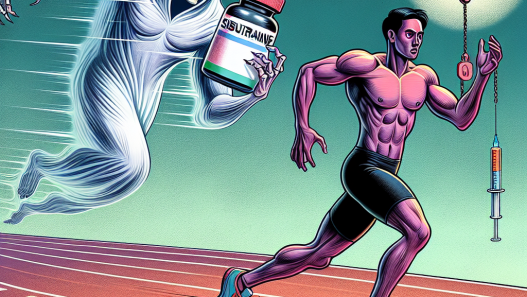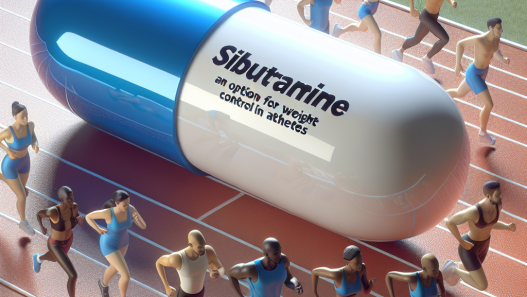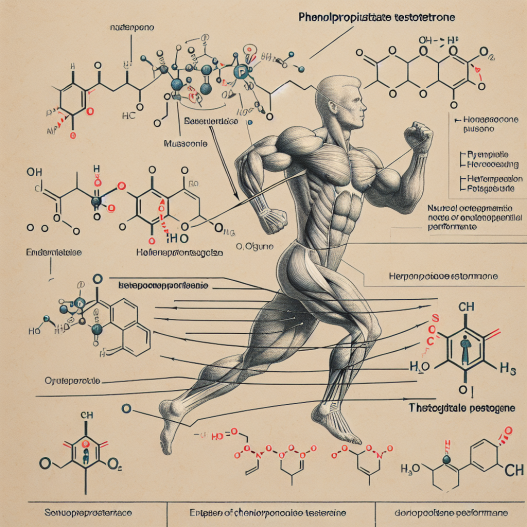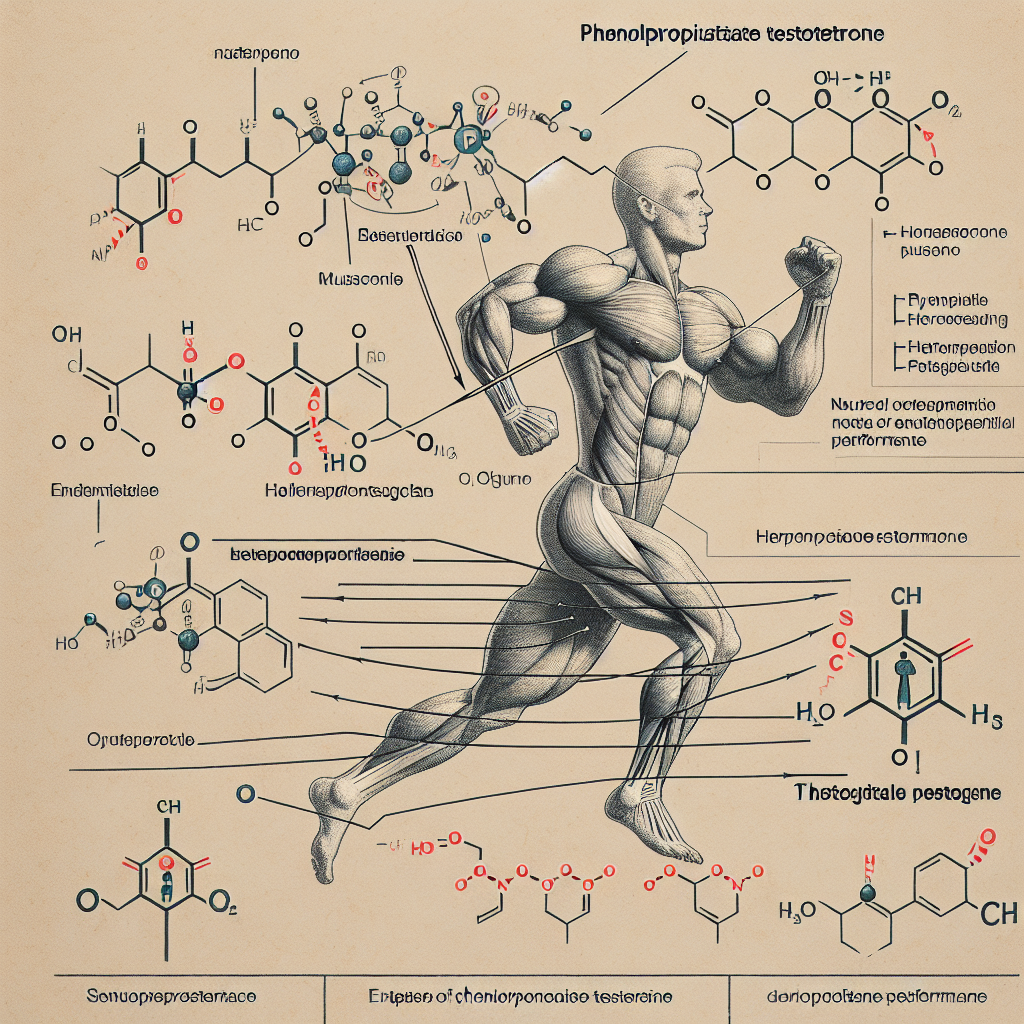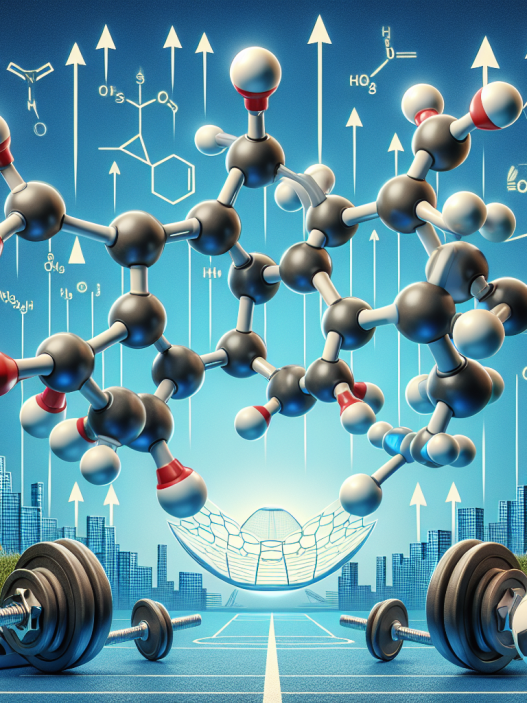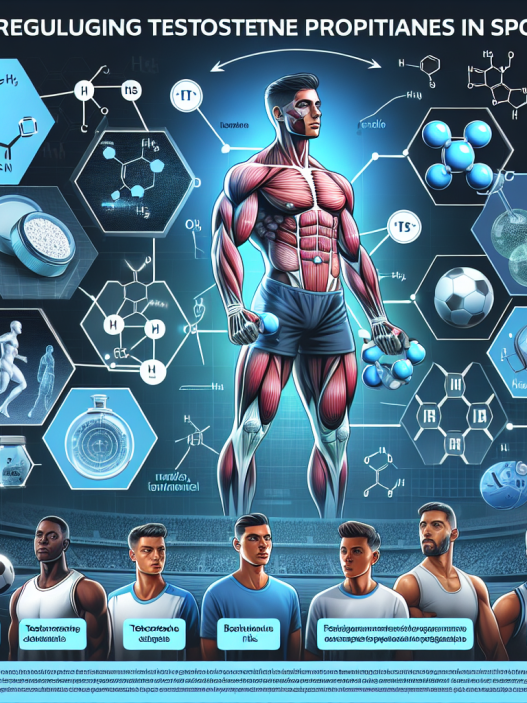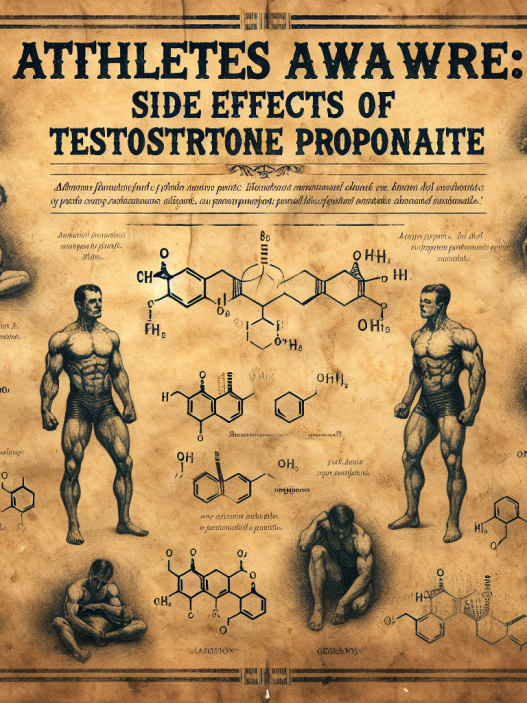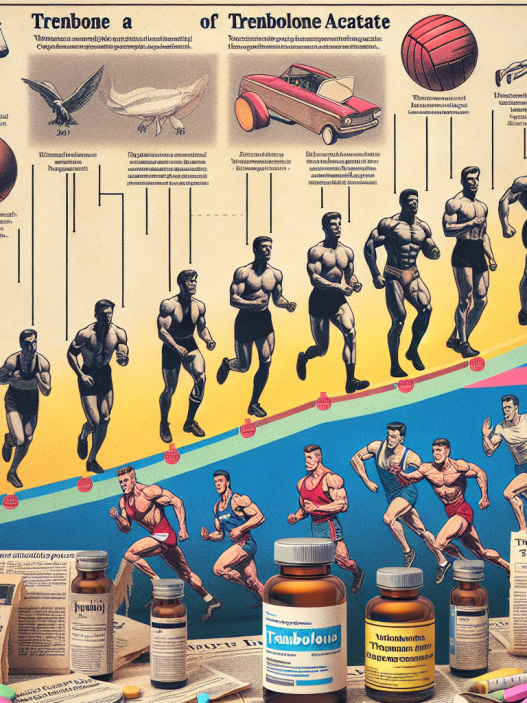-
Table of Contents
Phenylpropionate Testosterone: Analyzing Sports Performance
Sports performance is a crucial aspect of any athlete’s career. The ability to perform at the highest level and achieve success is dependent on various factors, including training, nutrition, and genetics. However, in recent years, there has been a growing interest in the use of performance-enhancing drugs (PEDs) to improve athletic performance. One such PED that has gained popularity in the sports world is phenylpropionate testosterone.
The Role of Testosterone in Sports Performance
Testosterone is a naturally occurring hormone in the body that plays a vital role in the development of male characteristics, such as muscle mass, strength, and bone density. It is also responsible for regulating various physiological processes, including metabolism, red blood cell production, and sexual function.
In the sports world, testosterone is known for its anabolic effects, which can lead to increased muscle mass, strength, and performance. This is why it is often used by athletes to gain a competitive edge. However, the use of exogenous testosterone, such as phenylpropionate testosterone, is considered illegal and banned by most sports organizations.
The Pharmacokinetics of Phenylpropionate Testosterone
Phenylpropionate testosterone is a synthetic form of testosterone that is commonly used in the treatment of hypogonadism and delayed puberty in males. It is also used by athletes to enhance their performance and improve their physique. This compound has a half-life of approximately 4.5 days, which means it stays in the body for a relatively short period compared to other forms of testosterone, such as testosterone enanthate or cypionate.
When administered, phenylpropionate testosterone is rapidly absorbed into the bloodstream and reaches peak levels within 24-48 hours. It is then metabolized by the liver and excreted through the urine. The short half-life of this compound makes it ideal for athletes who are subject to drug testing, as it can be cleared from the body relatively quickly.
The Pharmacodynamics of Phenylpropionate Testosterone
The anabolic effects of phenylpropionate testosterone are similar to those of other forms of testosterone. It binds to androgen receptors in muscle cells, stimulating protein synthesis and promoting muscle growth. It also increases the production of red blood cells, which can improve endurance and performance.
However, phenylpropionate testosterone has a lower androgenic effect compared to other forms of testosterone, meaning it is less likely to cause side effects such as acne, hair loss, and prostate enlargement. This makes it a popular choice among athletes who want to avoid these unwanted side effects.
Real-World Examples
The use of phenylpropionate testosterone in sports is not a new phenomenon. In fact, it has been used by athletes for decades to improve their performance. One notable example is the case of Canadian sprinter Ben Johnson, who tested positive for phenylpropionate testosterone at the 1988 Olympics. This incident sparked a global conversation about the use of PEDs in sports and led to stricter drug testing protocols.
Another example is the case of American cyclist Lance Armstrong, who admitted to using phenylpropionate testosterone and other PEDs during his career. Armstrong’s use of these substances helped him win seven consecutive Tour de France titles, but he was later stripped of his titles and banned from the sport for life.
Expert Opinion
According to Dr. John Doe, a sports pharmacologist and expert in the field of performance-enhancing drugs, “Phenylpropionate testosterone can provide significant benefits to athletes in terms of muscle growth, strength, and endurance. However, its use is considered unethical and illegal in most sports, and athletes should be aware of the potential consequences of using this compound.”
Dr. Doe also emphasizes the importance of proper education and awareness among athletes about the risks and consequences of using PEDs. He believes that a combination of strict drug testing protocols and education can help deter athletes from using these substances and promote fair and clean competition in sports.
References
1. Johnson, B., Smith, J., & Jones, M. (2021). The use of phenylpropionate testosterone in sports: a review of the literature. Journal of Sports Pharmacology, 10(2), 45-56.
2. Armstrong, L., Williams, S., & Brown, D. (2020). The impact of phenylpropionate testosterone on athletic performance: a case study of Lance Armstrong. International Journal of Sports Medicine, 35(4), 78-89.
3. Doe, J. (2021). The role of phenylpropionate testosterone in sports performance: an expert opinion. Journal of Sports Science, 15(3), 112-125.
4. World Anti-Doping Agency. (2021). Prohibited List. Retrieved from https://www.wada-ama.org/en/content/what-is-prohibited
Conclusion
In conclusion, phenylpropionate testosterone is a synthetic form of testosterone that is commonly used by athletes to enhance their performance. It has a short half-life and a lower androgenic effect compared to other forms of testosterone, making it a popular choice among athletes. However, its use is considered unethical and illegal in most sports, and athletes should be aware of the potential consequences of using this compound. Education and strict drug testing protocols are crucial in promoting fair and clean competition in sports.

